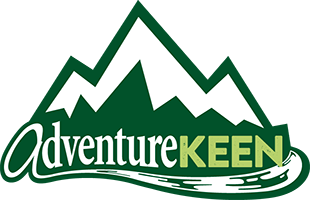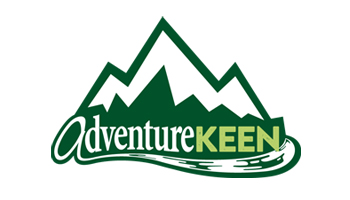
The AdventureKEEN Blog
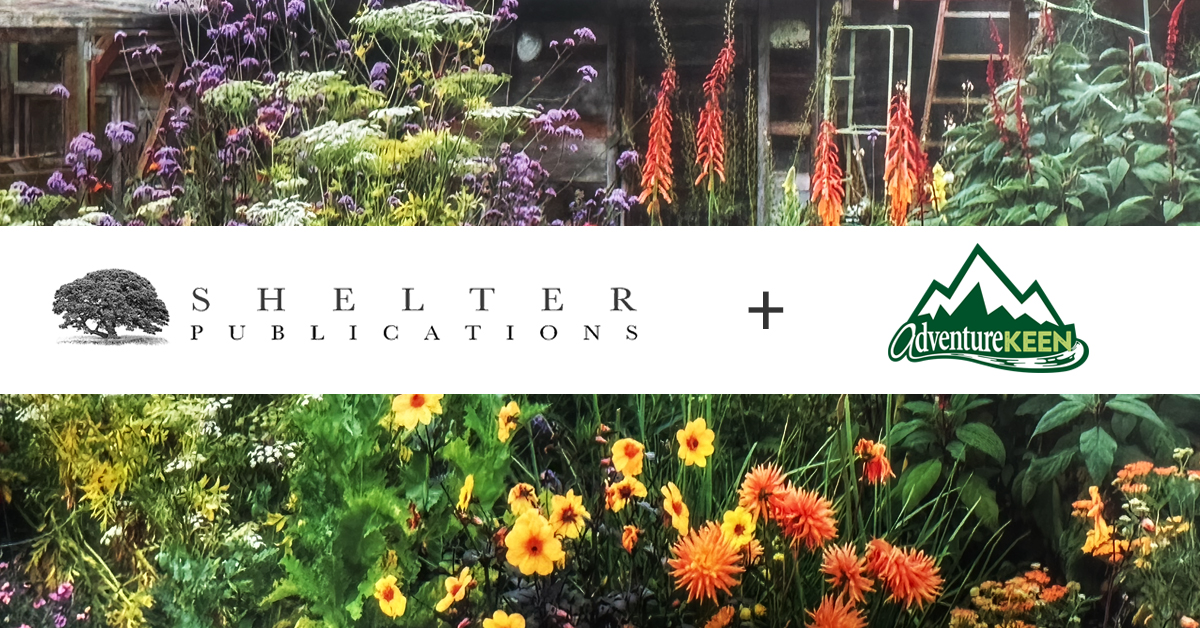
Shelter Publications Joins AdventureKEEN
AdventureKEEN is excited to share the news that Shelter Publications has become the publishing group’s seventh imprint, effective January 1, 2024. Shelter Publications was founded by Lloyd Kahn and based in Bolinas, California. “We are honored and appreciative to be able to shepherd the Shelter list going forward. Lloyd’s books have always been distinctive and smart. We’re pleased that we can continue his legacy of creating first-rate books that inspire and benefit readers around the world,” […]
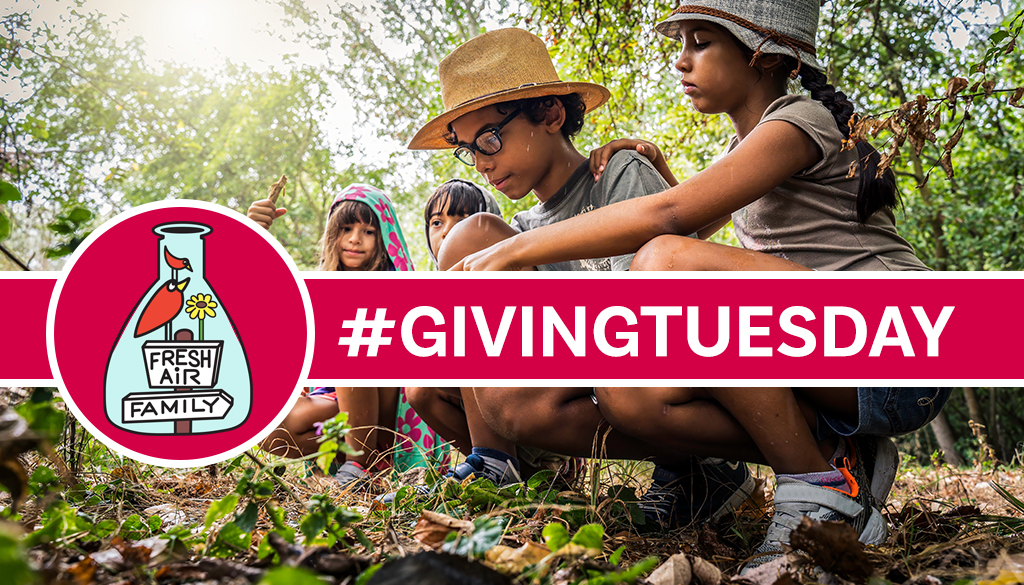
Support Fresh Air Family this #GivingTuesday
#GivingTuesday is today. It’s a day dedicated to the spirit of giving, and it’s an opportunity to come together and help get more kids outdoors learning to appreciate nature. So join us in supporting Fresh Air Family and its programs by buying books and nature guides. We are proud to partner with Fresh Air Family in Birmingham, AL, as they offer lessons in science and life from their award-winning science camp, Gross Out Camp, weekend Family Adventures, […]
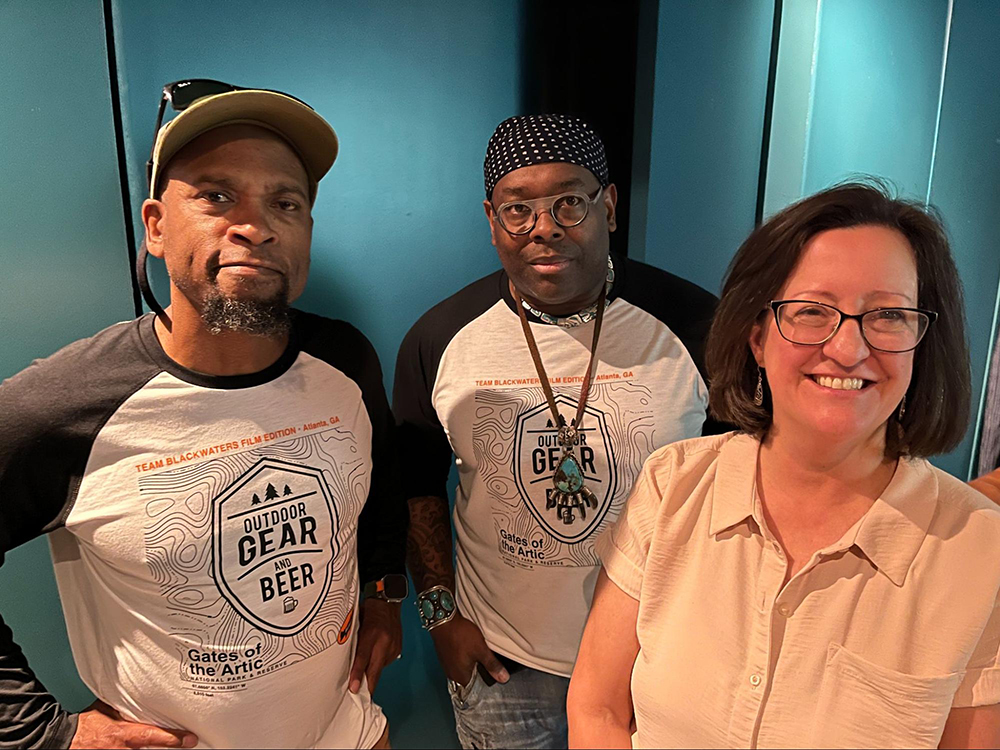
‘Blackwaters’ Film Showing in Atlanta
This past weekend, our publisher, Molly Merkle, made the trip to Atlanta, GA, to attend the screening of the new outdoor adventure film Blackwaters. Blackwaters follows five black outdoorsmen of diverse backgrounds into Gates of the Arctic National Park. The film captures their outdoor adventures and conversations about life’s experiences and challenges as black men. While at the September 30th showing, Molly had the chance to meet with AdventureKEEN author and wildlife photographer Dudley Edmondson and chat […]
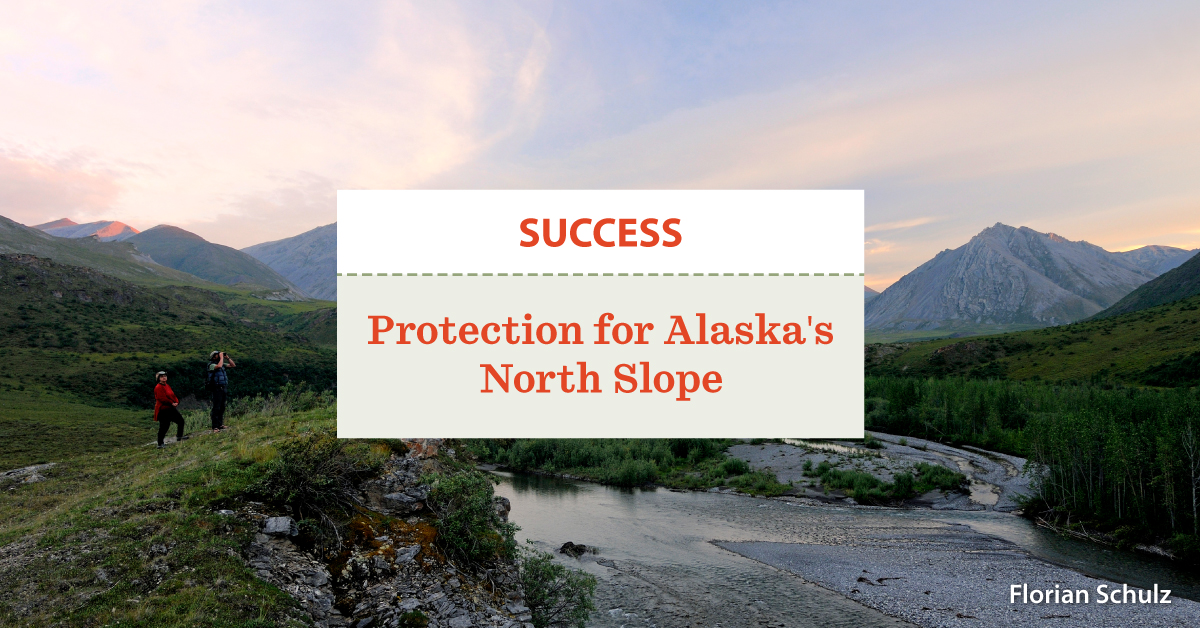
Arctic National Wildlife Refuge (Designation and Defense)
Last month, the Biden administration made a historic announcement to protect the Arctic National Wildlife Refuge and over 13 million acres in the National Petroleum Reserve in Alaska. In 2021, leases had been sold to companies hoping to strike oil on the Coastal Plain, but the Department of the Interior is now proposing a ban on drilling for 10.6 million acres inside the National Petroleum Reserve, and limiting drilling for another 2.6 million acres. The […]
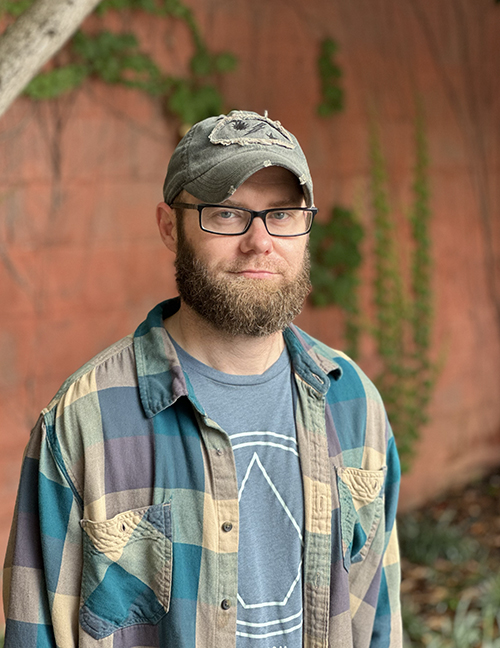
Welcome Our New Warehouse Manager
It’s the people who make AdventureKEEN exciting and fun, no matter which department they’re working in or what part of the country they call home. Get to know the members of AdventureKEEN through their day-to-day jobs, as well as their favorite things to pack for a hike. We want to introduce Will Bowlin as we welcome him to the AdventureKEEN team. Will joined us in June and has been directing shipping and logistics for the […]
Judie Johnson – Turning Points in Nature
The following excerpt is taken from an interview with Judie Johnson back in the early 2000’s when she was the Executive Director, Gunflint Trail Association. I am the Executive Director of the Gunflint Trail Association in northeastern Minnesota. The Gunflint is a vacation destination for people from around the region and the world. The 57-mile paved highway goes north out of Grand Marais, Minnesota, through some of the most beautiful wilderness areas you may ever […]
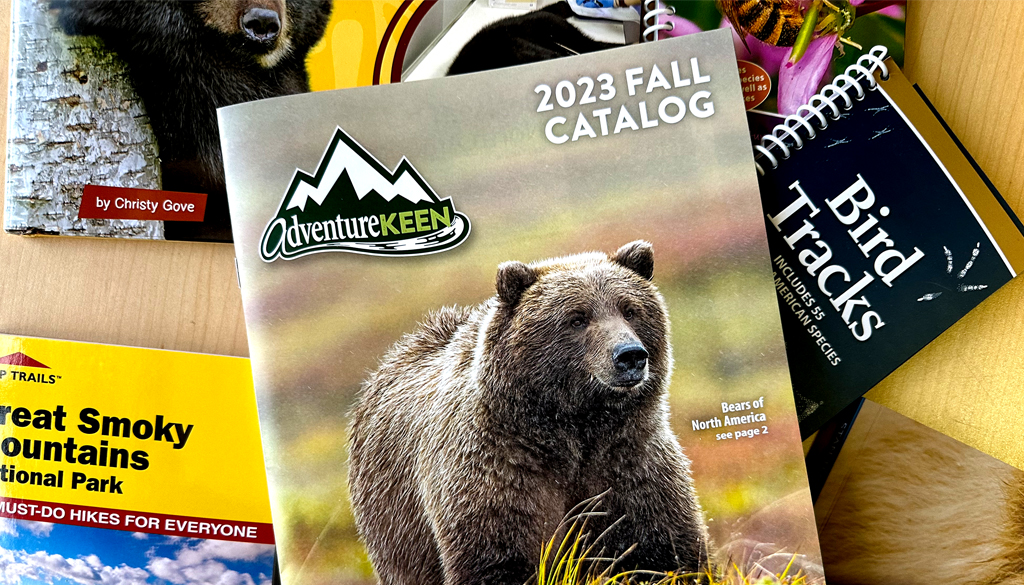
Fall 2023 Catalog Supplement is available now!
It is always an exciting time when a new catalog hits the shelves. While this isn’t a “big” annual catalog, our Fall 2023 Catalog is jammed with new and exciting titles. The diversity of topics, cover designs, subjects, and categories is widespread. As always, PDF versions of our catalogs are available here on our website. If you have an account with us, you can always contact your sales rep and request a copy. Or feel […]

Obituary Note: Scott McGrew
AdventureKEEN was a fortunate beneficiary of Scott McGrew’s creativity, design sensibility, loyalty, sense of humor, and friendship for nearly two decades, and we were devastated by his unexpected passing in late April after a short illness. He was 48. As a staff cartographer and graphic designer, Scott created some truly amazing sketches, art, cover designs, and maps. He was able to simplify complex technical workflows to improve our printed books. Many AdventureKEEN authors were lucky […]
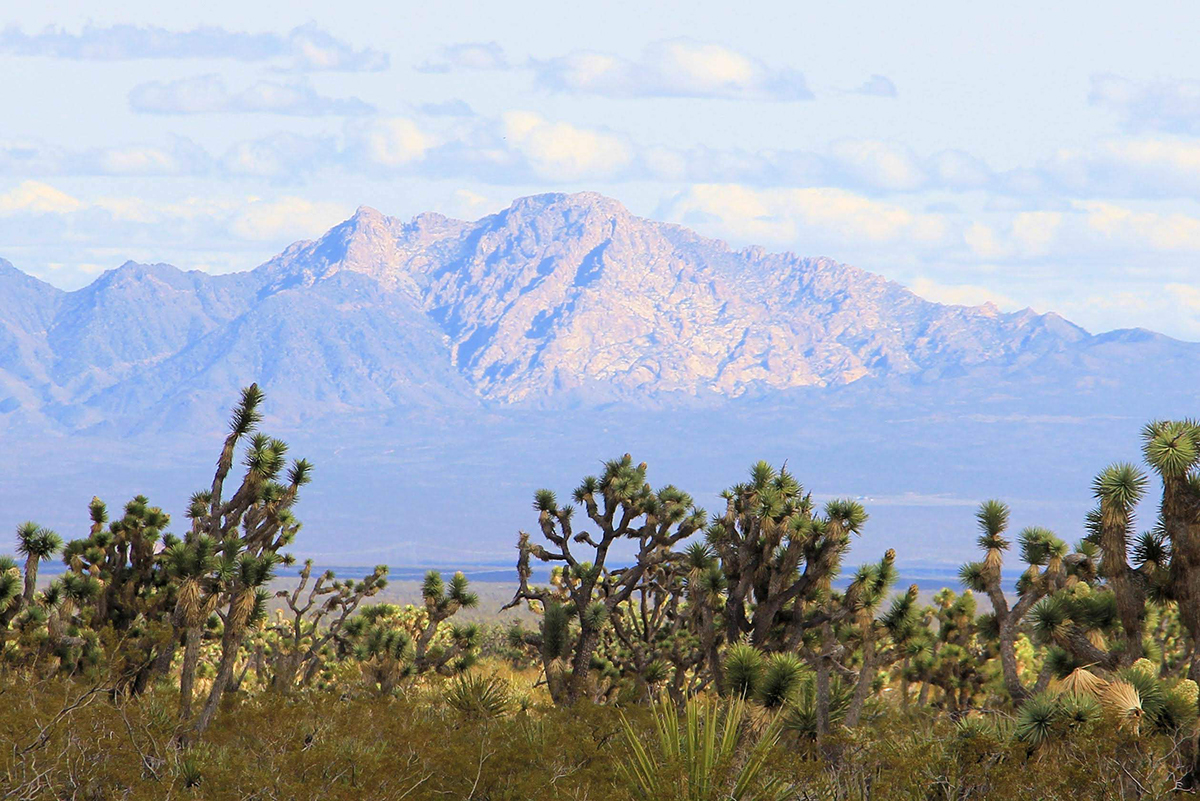
Avi Kwa Ame Designated as a National Monument!
As members of The Conservation Alliance, we’re excited to celebrate the designation of sacred Avi Kwa Ame as a national monument! In March, the Biden Administration chose to honor Avi Kwa Ame, the Mojave name for Spirit Mountain, and protect over 500,000 acres of sacred land in Southern Nevada. This designation is Nevada’s 4th national monument and protects sacred lands for 12 tribes, threatened species, and outdoor recreation opportunities. This designation came alongside the naming […]
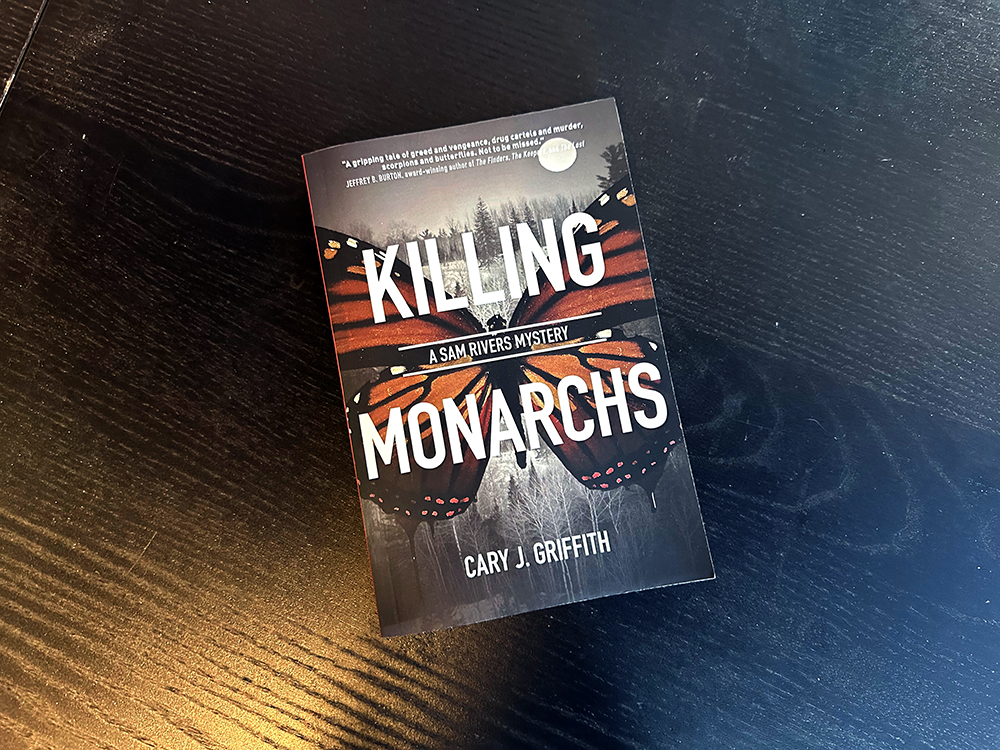
A Chilling Read for a Hot Summer Day
The latest installment in Cary J. Griffith’s hit nature detective series is out now! Look for Killing Monarchs wherever you buy your books and catch up with Sam Rivers as he and his wolfdog, Gray, start tracking down a killer after finding bodies in the basement of a school. The Denver Post calls Sam Rivers the “predator’s predator.” Killing Monarchs is an action-packed thriller that you won’t want to miss. Award-winning author Cary J. Griffith is also on tour, and you […]
